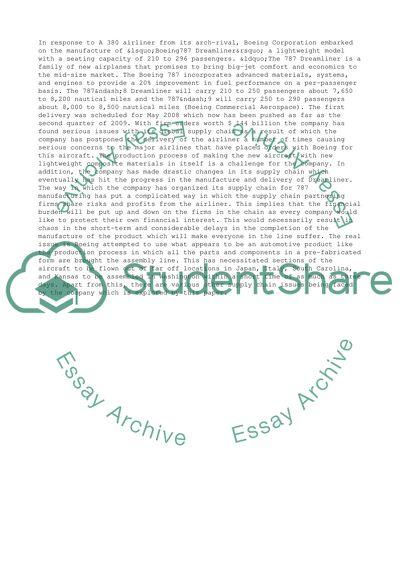Cite this document
(Supply Chain Management Issues in Boeing Coursework - 1, n.d.)
Supply Chain Management Issues in Boeing Coursework - 1. https://studentshare.org/management/1718577-purchasing-and-procurement-in-supply-chains
Supply Chain Management Issues in Boeing Coursework - 1. https://studentshare.org/management/1718577-purchasing-and-procurement-in-supply-chains
(Supply Chain Management Issues in Boeing Coursework - 1)
Supply Chain Management Issues in Boeing Coursework - 1. https://studentshare.org/management/1718577-purchasing-and-procurement-in-supply-chains.
Supply Chain Management Issues in Boeing Coursework - 1. https://studentshare.org/management/1718577-purchasing-and-procurement-in-supply-chains.
“Supply Chain Management Issues in Boeing Coursework - 1”. https://studentshare.org/management/1718577-purchasing-and-procurement-in-supply-chains.


